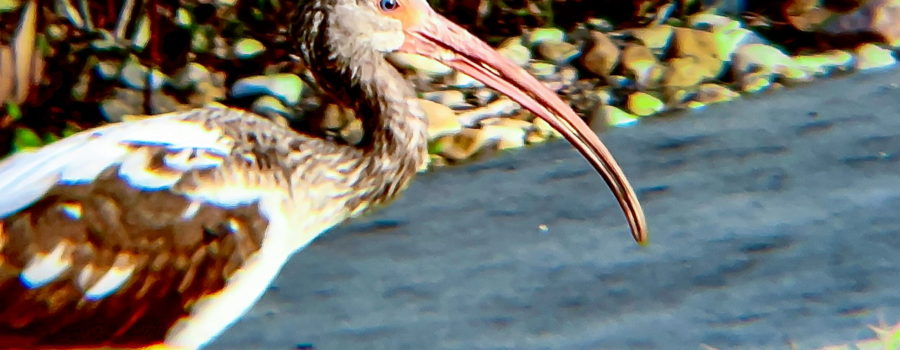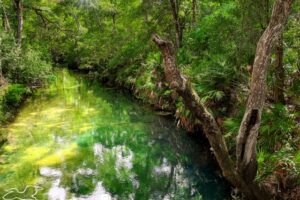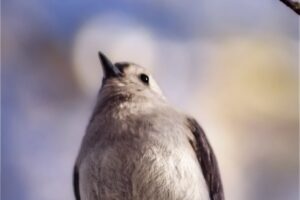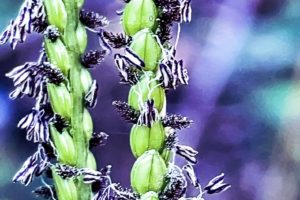An Interesting and Exciting Experience with the Beautiful White Ibis

So far, January hasn’t been a great month for wildlife photography opportunities, so I was really excited when, on Thursday afternoon, I spotted a flock of immature white ibises feeding on the large lawn of one of our local churches. The ibis is usually a coastal bird, but they do come further inland and feed in grassy areas sometimes. I had hoped to have the chance to photograph ibises on my beach trips or at Henry Beck Park, but I didn’t have any luck. So needless to say, I was surprised and pleased to see them just outside of a town about 20 miles from the coast. When I noticed them, I pulled into the church parking lot. At first they were pretty wary of me, but after a little bit they relaxed and went about hunting for food. I stayed with them for about an hour until it started getting dark and they all took off as a group to go roost. It was a load of fun watching them, and I’m always surprised how quickly the time goes by when I’m watching wildlife!

The American white ibis (Eudocimus albus) is a year long resident of Florida. It is usually found in a variety of of watery habitats since it will feed from freshwater, brackish water, or saltwater. These habitats may include marshes, beaches, mangrove swamps, ponds and lakes, slow flowing rivers, wet pastures, and mud flats. They feed on crabs, small fish, snails, marine worms, and crayfish when feeding in the water. They generally wade in the shallows probing into the mud with their long, curved beaks. On land, their feeding method is similar with them walking around probing the ground in search of worms, grubs, small frogs, snakes, and many types of insects. Adults are nearly all white, with just a touch of black on the wing tips, while juveniles are a mottled brown and white.

American white ibises (there is also an Australian white ibis, which is an entirely separate species) can be found from coastal Virginia south through Florida and west as far as Texas and even sometimes California. They are also common throughout coastal Mexico and Central America and can be found in parts of South America. Most of that range is also breeding habitat. Breeding usually begins in the spring, with males arriving at the breeding areas first. They tend to breed in flocks, but males do tend to be very protective of their nesting sites. Both birds build the nest, incubate the eggs, and feed the young. Nests are usually made from sticks and twigs and placed in the crotch of a tree or sometimes on the ground. For the most part, pairs are monogamous, but males may breed with more than one female. Males are also known to steal food from unmated females and juveniles, and will even steal sticks from unguarded nests. When the young are hatched, their beaks are straight, but begin to curve at about 10-14 days old. They generally stay in the nest for about 36 days before they begin to venture out on their own. When they leave the nest, they are mostly brown, but they begin turning white as they mature. It generally takes a young ibis about two to three years to achieve it’s full adult plumage and begin breeding.

Watching this flock of ibises feed was a really enjoyable experience for me. While I was at it, several people pulled into the church parking lot, and I definitely got a couple of odd looks! Generally, I prefer to go birding in wilder areas where I run into fewer people and when I do see people, they understand what I’m doing, but you have to go where the birds are! Hopefully, on another beach or river trip I will run into some more ibises. I definitely would still like to get some images of the adults in their beautiful white plumage. But in the mean time, I’m very happy with this extremely rewarding experience. You really never know when nature may hand you something unexpected!

Do you love beautiful nature photography and artwork? Do you enjoy learning more about the featured species? If you answered yes, then this blog is for you! Subscribe below and be the first to get new episodes and newsletters.





Recent Comments